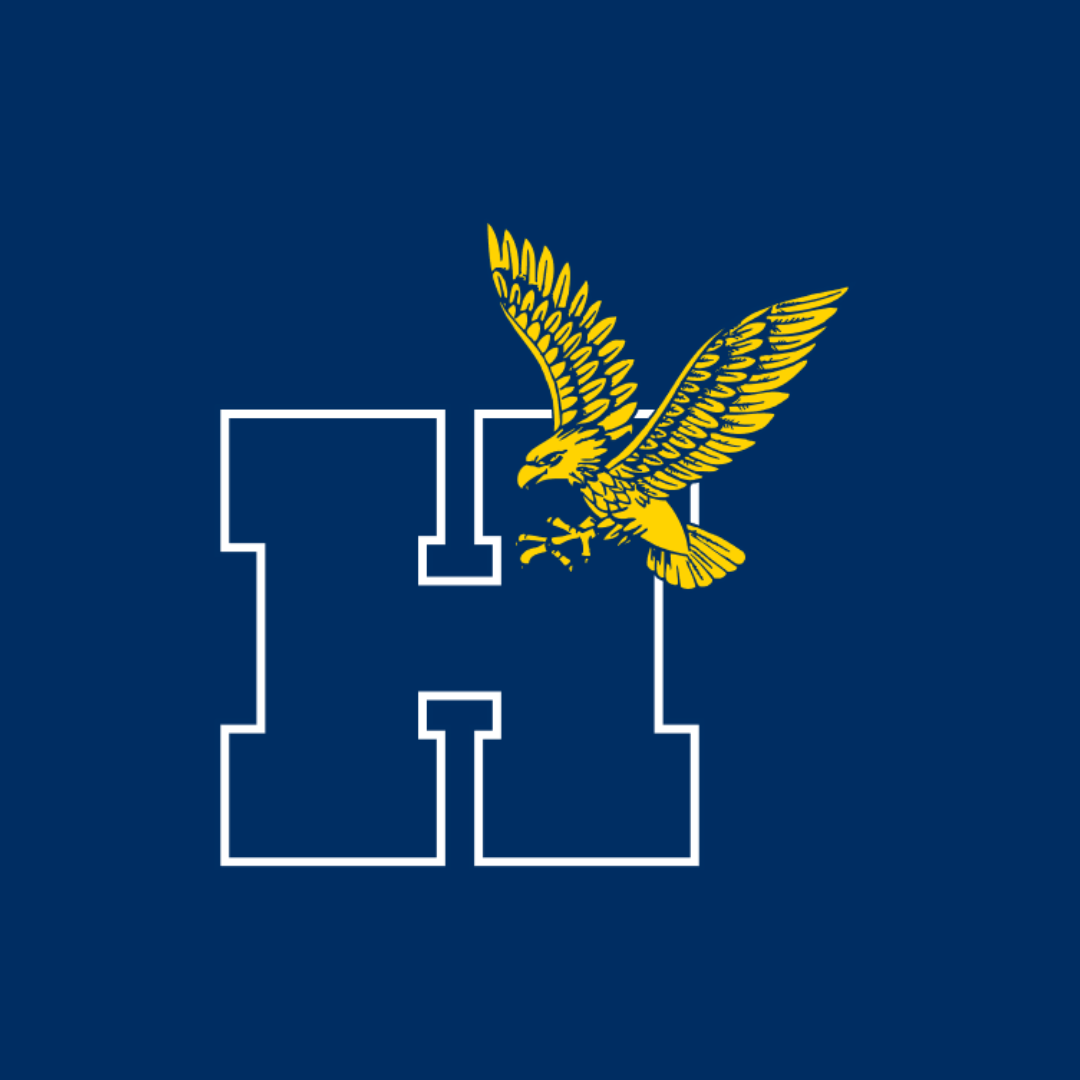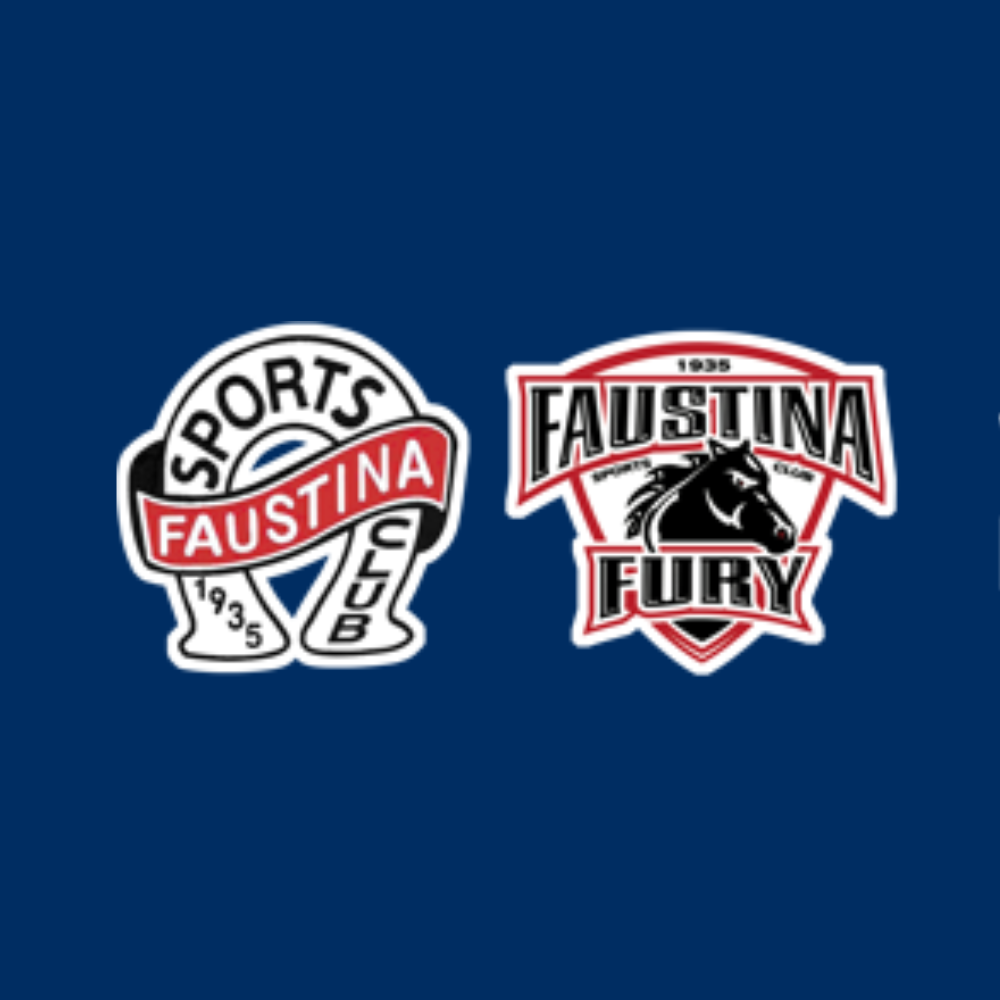Humber College Athletics
Humber College has a rich and storied athletics tradition in Etobicoke, with intercollegiate competition officially beginning in 1967. It only took one year before the Hawks claimed their first Ontario College Athletic Association (OCAA) provincial title – a women’s curling gold medal in the winter of 1969.
While Humber now boasts the most extensive varsity program in the country, with 20 men’s and women’s squads, it still adheres to the same ‘athletics for all’ philosophy that was established over a half century ago. Along with varsity, the department also operates a vigorous intramural program with over 15 sports and annual events at both the North and Lakeshore campus, as well as an expansive recreational menu.
Humber traditionally has considered athletics to be an integral part of the educational experience – highlighted by its national-best 141 Canadian Collegiate Athletic Association (CCAA) Academic All-Canadian selections. This award is one of the most prestigious honours bestowed upon a student-athlete, epitomizing their commitment to academic success and athletic achievement.
The primary standard had been success against its 27 peer institutions in the OCAA, where the Hawks squads have captured more than 330 gold medals since 1969 – by far the most in the province.
It wasn’t until 1991 when Humber was able to conquer the national mountaintop, as the men’s basketball program won Humber’s first CCAA title. Since then, the Hawks have gone on to capture 66 more national gold medals, setting a new standard that no college in the country can match.
The college’s international imprint has begun to grow over the last two decades, with student-athletes going on to play professionally overseas or representing Canada in basketball, volleyball, golf, curling, badminton, and more.
The Olympics, the biggest sporting event in the world, has seen a handful of Hawks compete, including a duo from Humber badminton in the upcoming games in Paris 2024.
Humber Athletics and the Etobicoke Sports Hall of Fame have been synonymous for more than two decades, with nearly 100 student-athletes receiving scholarships during that span. Former Humber athletic director Doug Fox – who played an integral role in Humber’s collaboration with the ESHOF – was inducted into the hall in 2013, while retired Sports Information Director Jim Bialek was on the board of governors for nearly a decade.





